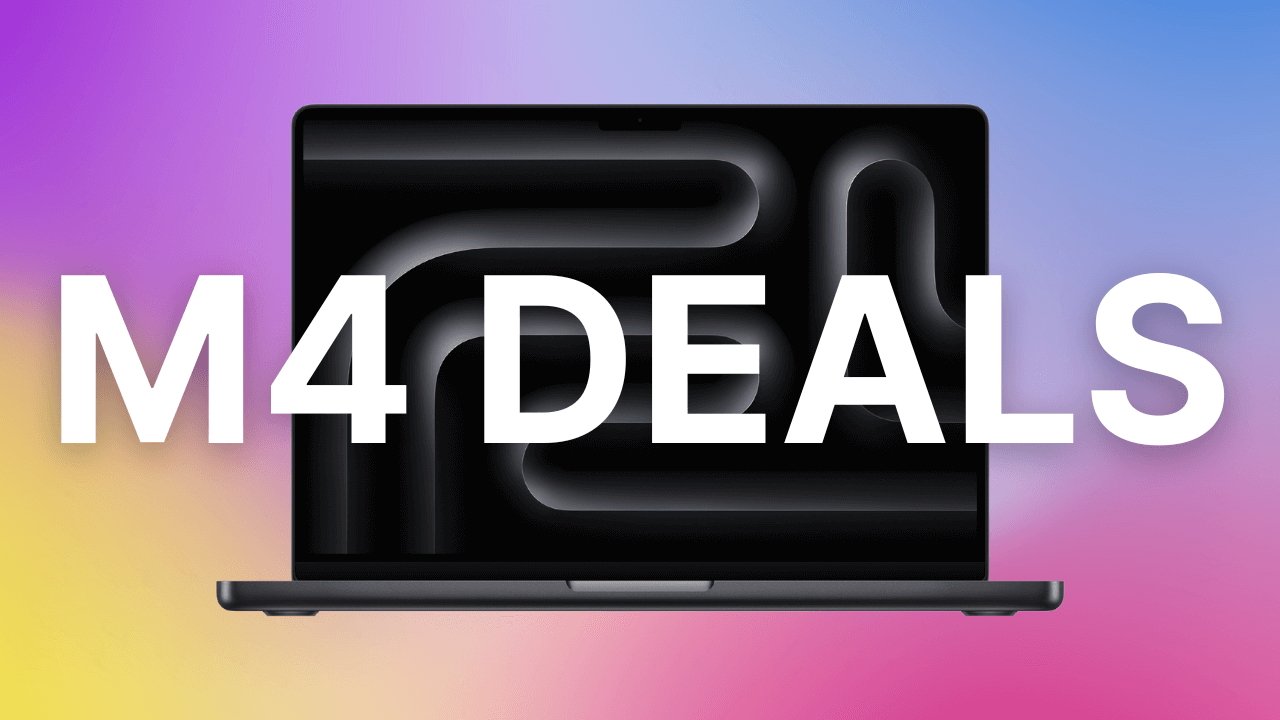Apple CEO Tim Cook (C) laughs while inspecting a new iPhone (Photo by Justin Sullivan/Getty Images)
As Apple prepares to update the beloved iPhone SE, the community expects a cut-down version of the iPhone 16 to reach the mid-range price point. Tim Cook and his team have other ideas, and this iPhone SE comes with more risk than any of the previous smartphones.
What Makes An iPhone An iPhone SE?
The next iPhone will be the fourth generation of the SE. Launched in 2016, the SE range is Apple’s iPhone for the mid-range market. Priced around $450, it offers a significant price cut compared to the vanilla iPhone in the main range. To achieve that, Apple reduces key specifications on the handset, leans into older parts, and offers an older design, all to bring down the bill of materials while doing its best to hold on to what makes an iPhone.
This year, Tim Cook and his team are taking a different approach, a riskier approach and one that could damage the brand. The iPhone SE stakes include acting as a testbed for the iPhone 17 Pro and 17 Pro Max, cannibalizing the iPhone 16, and the Flavor du année that is generative AI.
Apple’s First Modem Belongs To The iPhone SE
Since the purchase of Intel’s modem division for $1 billion in 2019, Apple’s ambition is to eliminate the need to use Qualcomm’s modem technology and supply itself. Apple’s modem will arrive in the iPhone SE six years after the purchase.
It’s not without compromise, though. The new 5G circuity will be limited to the Sub-6 standard, with mmWave unavailable, while only four-carrier bands will be available for carrier aggregation, compared to six bands in Qualcomm’s hardware.
It also represents one of the biggest risks Apple is taking with the iPhone SE. This is the first public rollout of that modem. Apple has made the sensible decision to introduce the new technology not on the main iPhone line, but in the SE line. If there are issues that only become apparent on a mass deployment, then the main iPhone and iPhone Pro line will not be damaged… but the SE line will.
Apple Intelligence’s Impact On The iPhone SE
And while Apple will have tested the new iPhone SE before launch, it wouldn’t be the first time that a flaw has not become apparent till after the launch. I don’t think holding the phone wrong will disrupt the modem, but this is a new part of the iPhone package.
With previous iPhone SE handsets, Apple has matched the core specifications of chipset, memory and storage to the vanilla iPhone of that year. For the iPhone SE in 2025, that means the iPhone 16 launched in September 2024. That handset already saw its memory and chipset boosted to allow it to run the awkwardly backronymed Apple Intelligence software.
Given Apple’s PR focus on its generative AI system, I can’t see the iPhone SE launch without support for Apple Intelligence. That choice means the specifications of the SE will have to match the already elevated iPhone 16. The iPhone SE will be smaller, cheaper, and just as powerful as the iPhone 16. Why would the market consider the iPhone 16? A significant number of consumers could switch to the smaller handset and reduce Apple’s turnover.
Apple’s iPhone SE Redefined
Thanks to its consistent name, the iPhone SE is a beloved variant of the iPhone, no matter the generation you started with. The same will be true in 2025 with the fourth-generation iOS smartphone. It’s rare to see Apple push the technological boundaries with the SE, yet in this brave new world of modems, AI, and matching specs, the iPhone SE has a starring role.
Now read more about the new camera Apple is using in the iPhone SE…





/cdn.vox-cdn.com/uploads/chorus_asset/file/25805991/2191410214.jpg)


